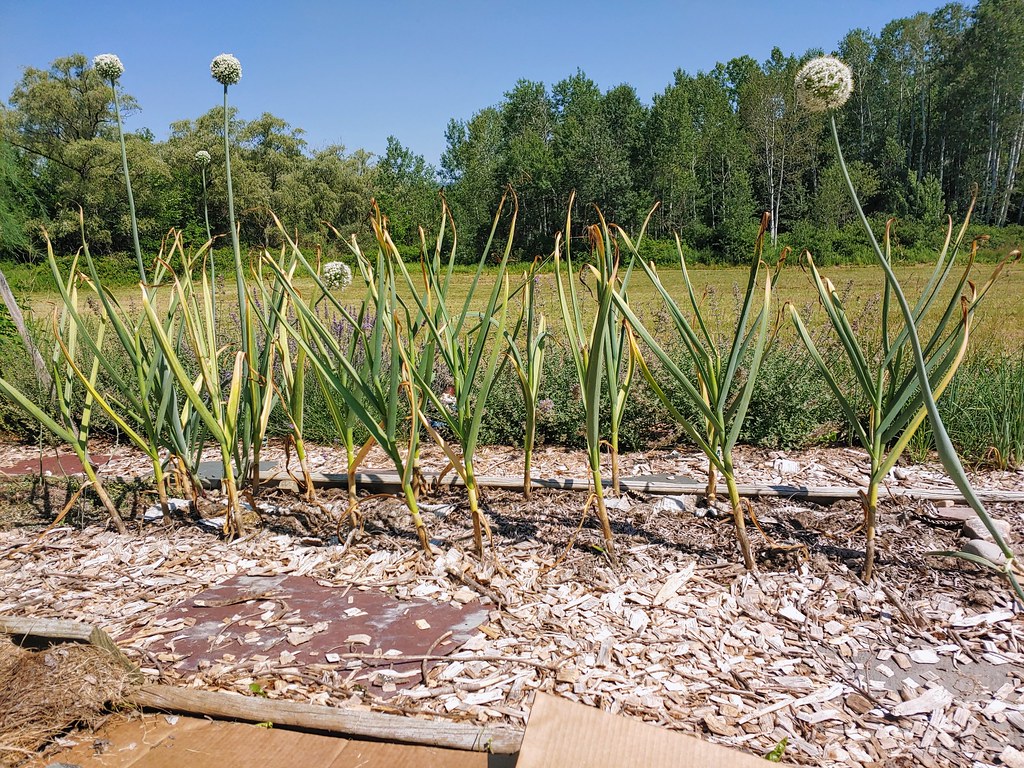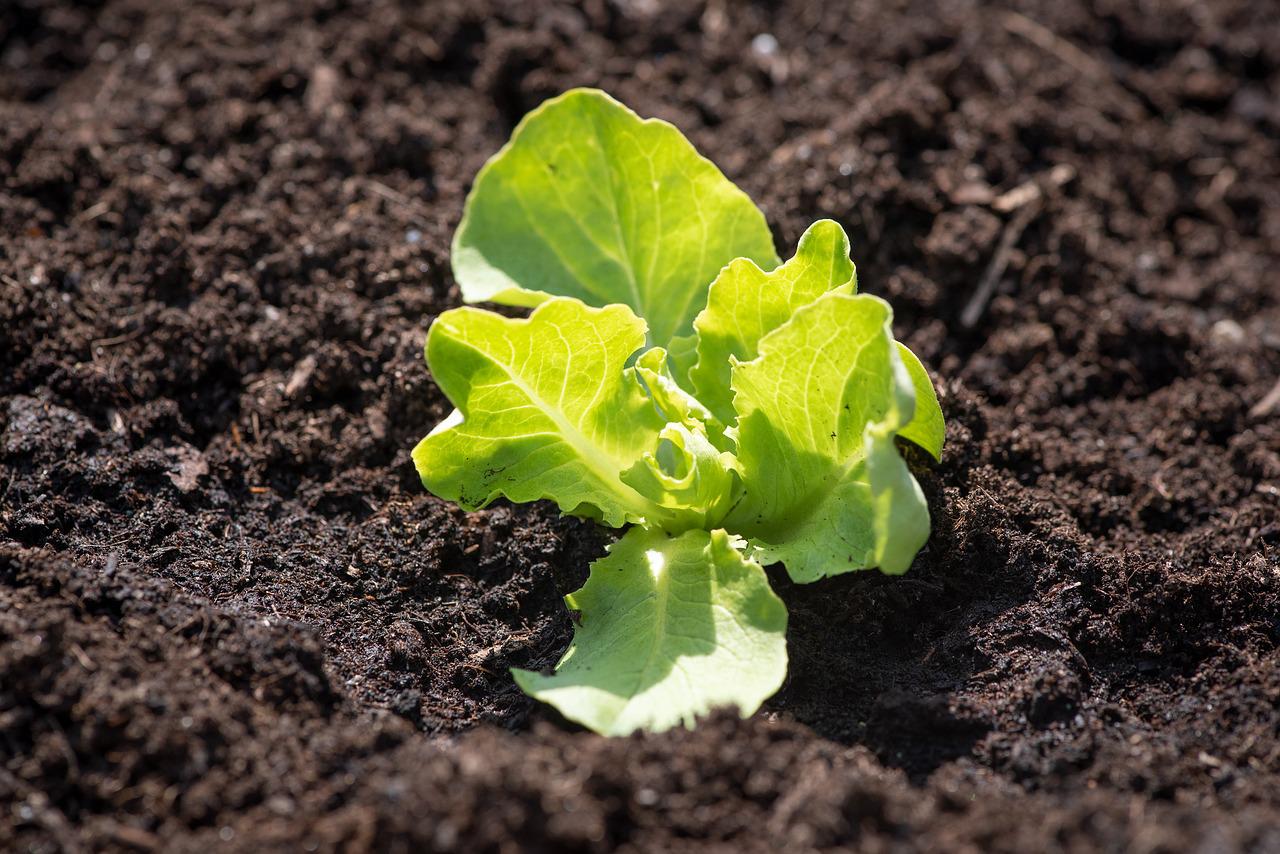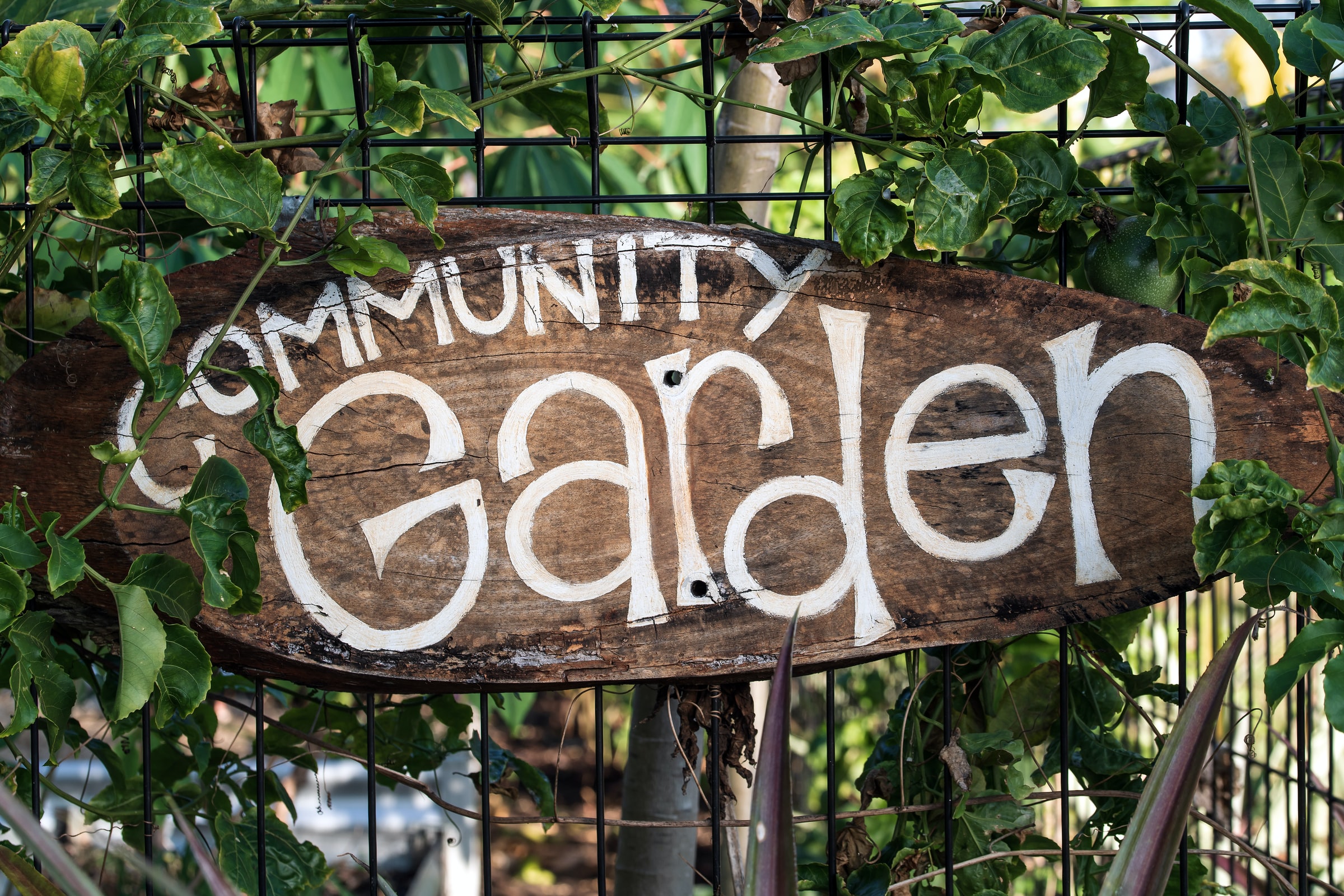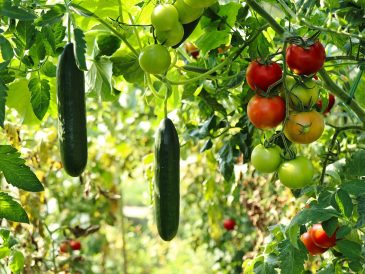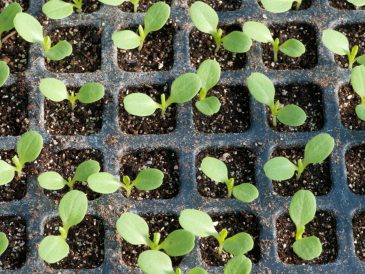Timing is everything, they say and with garlic harvest, that is especially true. But since the crop is hidden underground, how do you know when this edible allium is ready – when it is just the right moment to ensure a well-formed head that will also store well through the winter and beyond? Like fortune-telling, it is all in reading the leaves, apparently. When to harvest garlic–and how:
Don’t let its relatives mislead you; garlic’s close cousin, the onion (Allium cepa), is more adaptable about its ideal moment to be lifted and cured. You can simply let the tops (leaves) die down right in place, delaying digging a bit to when it is convenient. Or, if you are in a rush, move things along (assuming the bulbs are well-formed) by knocking over the foliage to urge the plants toward their finale.

With garlic, though, waiting until all the leaves go brown will promote overripe bulbs whose cloves are starting to separate from one another and the resulting un-tight heads won’t store as long. Each leaf that browns are one fewer potential wrapper to protect the bulb.
Most experts say to harvest when several of the lower leaves go brown, but five or six up top are still green – and depending on the weather, this typically happens here in late July. Early bouts of sustained spring heat can push the garlic a little ahead of schedule (as with so many other plants) and have the harvest curing extra early, a process that takes three to eight weeks, before the tops will be cut off, the roots trimmed and the cured bulbs stored.
In the curing, there’s another difference between the most popular allium cousins, garlic and onion: Assuming it is a dry day when harvest comes, onions can be left out to dry right beside the rows you dug them from. Not so with garlic, which should be moved out of direct sunlight immediately once unearthed. Move it to a garage or porch or shed where the air circulation is good.
Harvesting garlic couldn’t be easier, as long as you remember one thing: Though tempting, do not try pulling the bulbs out by the above-ground stems, or at least without first loosening the soil alongside each row with a spading fork (not too close to the heads!). Garlic stores best when cured with its leaves on.
Besides the weather, other factors that affect the timing of garlic harvest are what kind of garlic you planted.
Softneck garlic (Allium sativum), the most common type of supermarket familiarity, has a row of largish outer cloves and a row or two of small inner ones.

Hardneck garlic (Allium sativum var. ophioscorodon) is better adapted to Northern winters (its long roots hold it in the heave-and-thaw ground incredibly well) and some people hate all those tiny inner cloves of softneck at peeling time. Nor does comparatively puny softneck make as nice a roasted head of garlic as the bigger-cloved kind.
Hardneck kinds also send up a scape around June – really a woody flower-stalk-to-be, signaling a month or so remaining before bulb maturity. Cut the scapes off when they start to develop (above) and use them in stir-fries, oiled and grilled or pureed with cheese as a pesto on pasta. You are not selfish by harvesting them then (though they are delicious); instead, you tell the plants to put their energy into bulb production, not sexual reproduction.
Most experts agree that removal benefits, though some say leaving it on produces better cloves for replanting as your “seed” stock.
It might sound like a lot to ponder but garlic is easy to grow. It can take a mere 15 minutes to harvest a crop of about 75 heads and there is not much work before that, frankly, either.
Let us know in the comment section how you harvest garlic.

